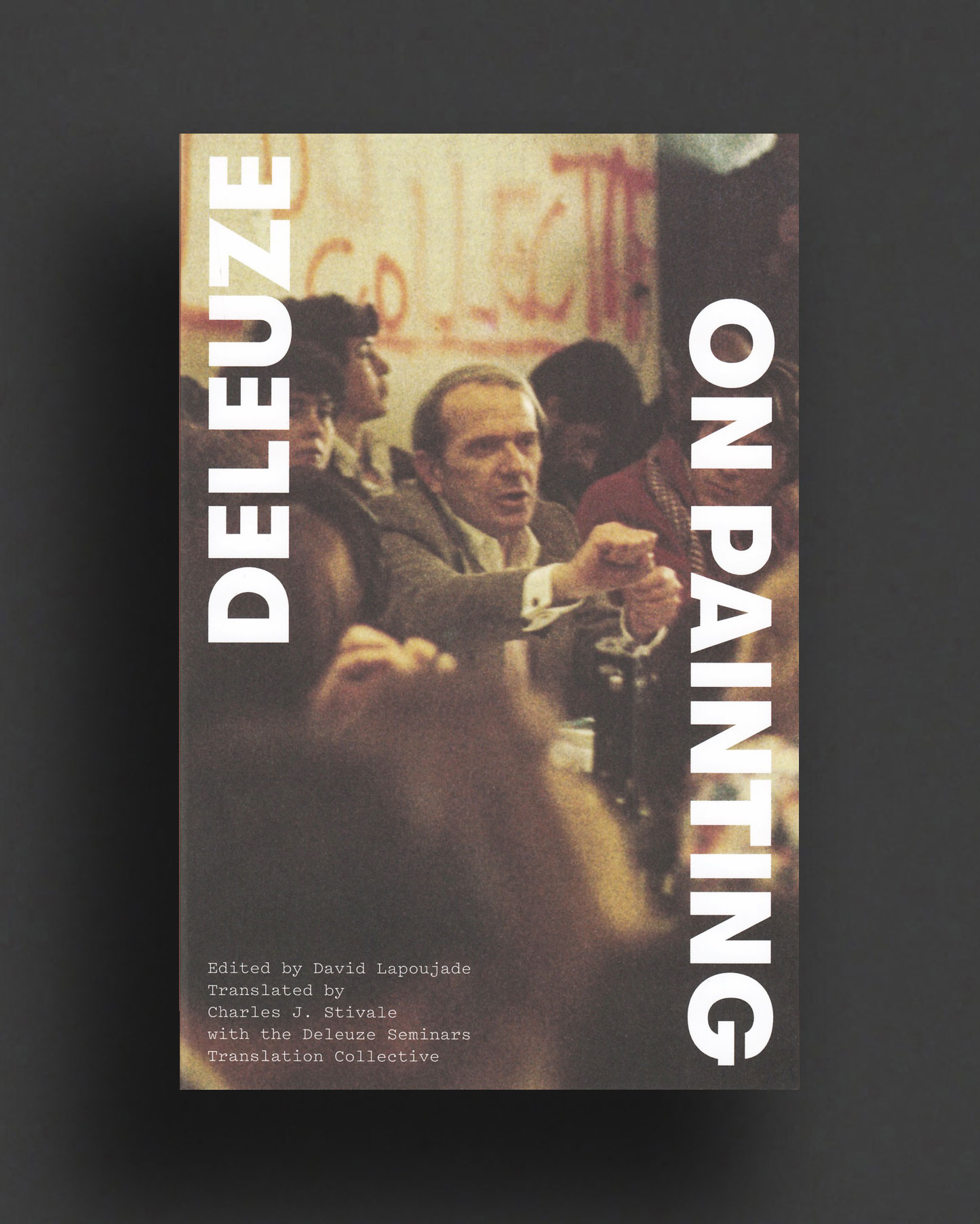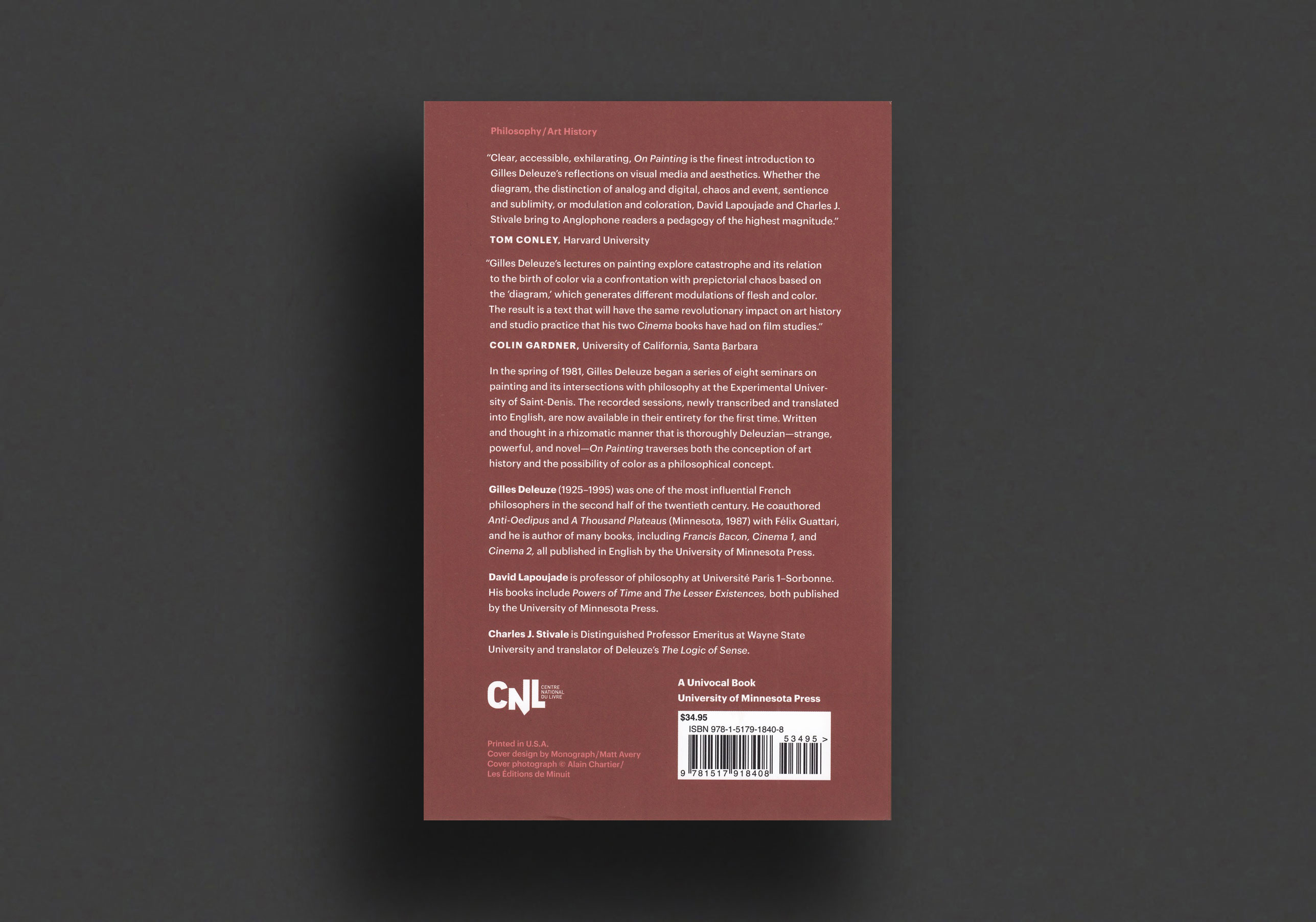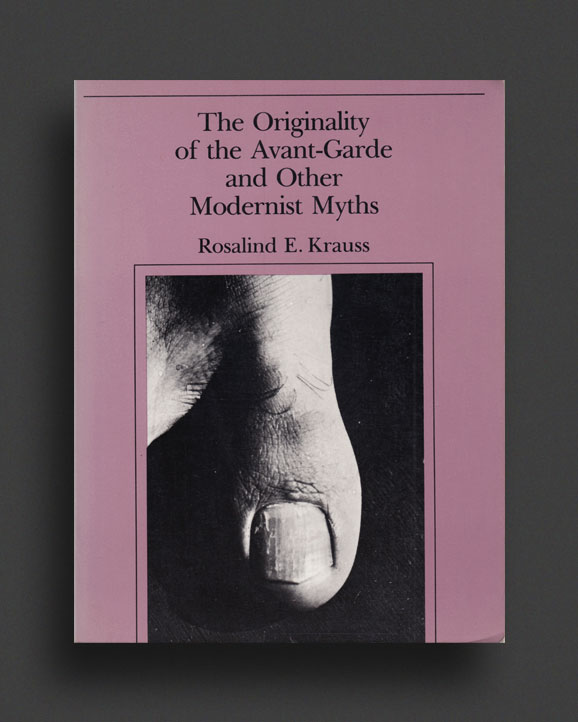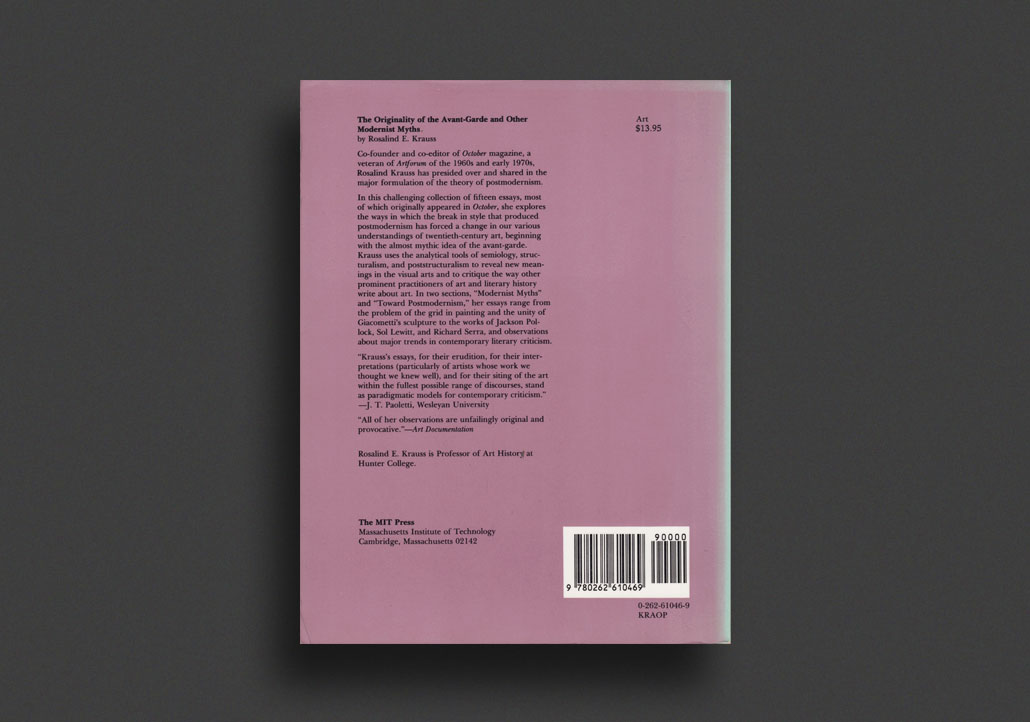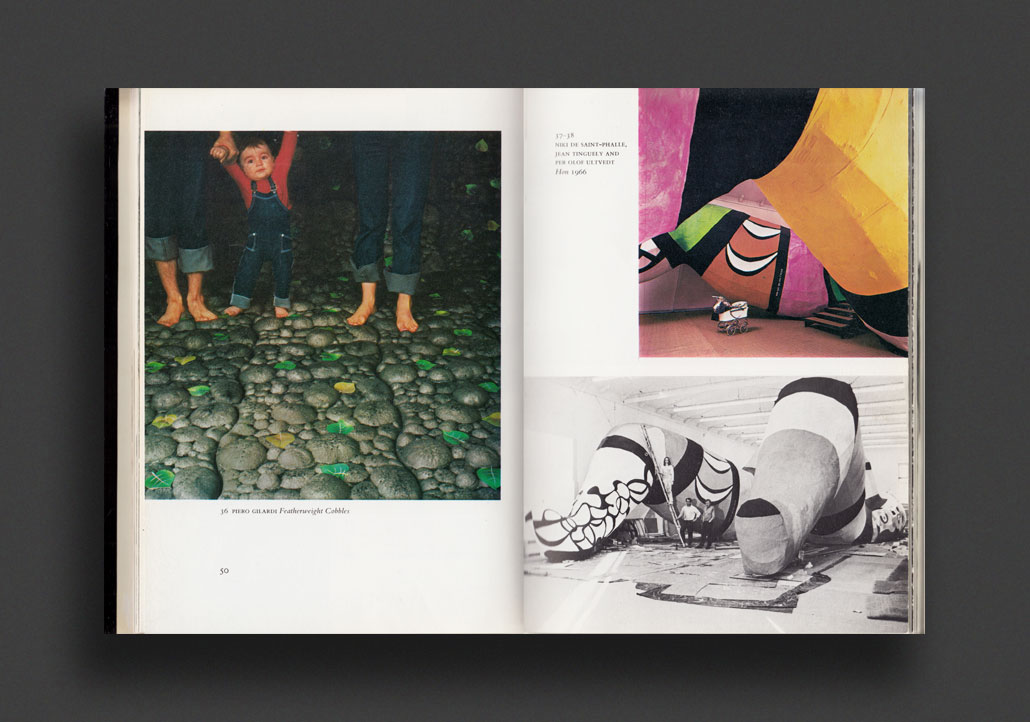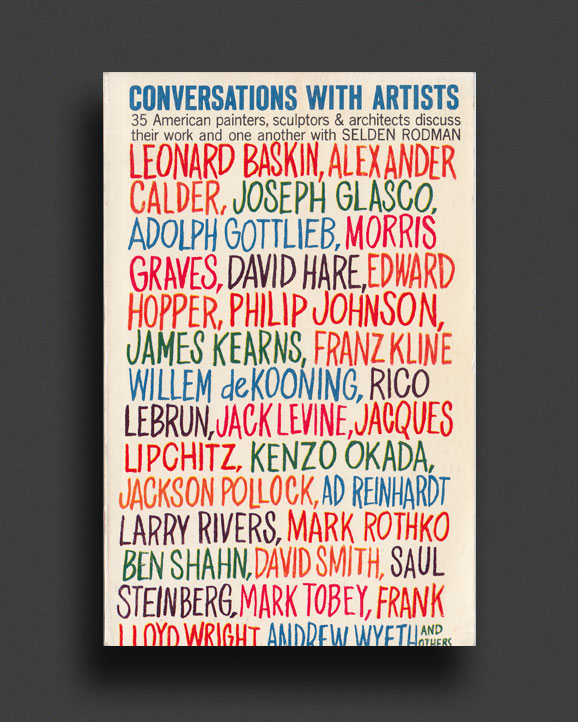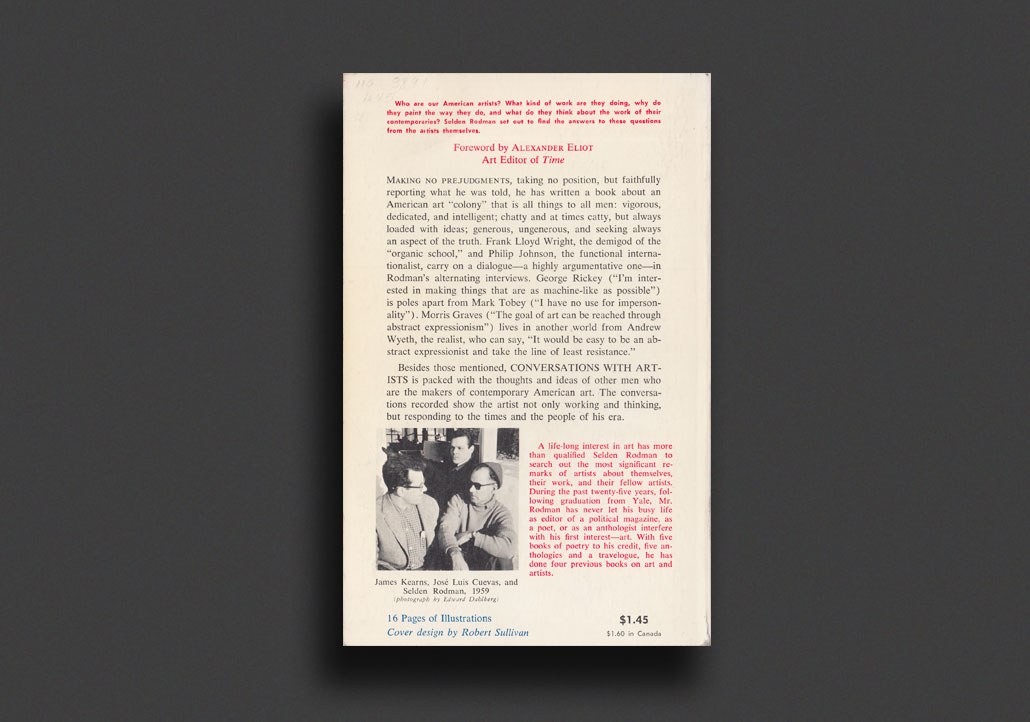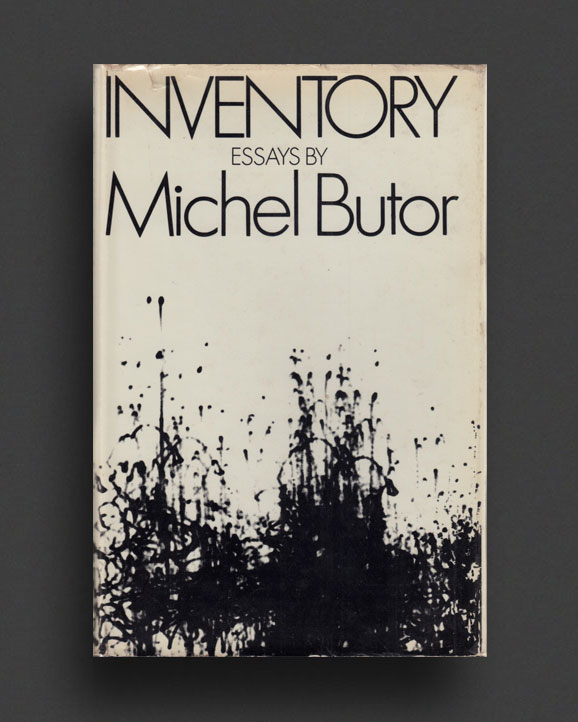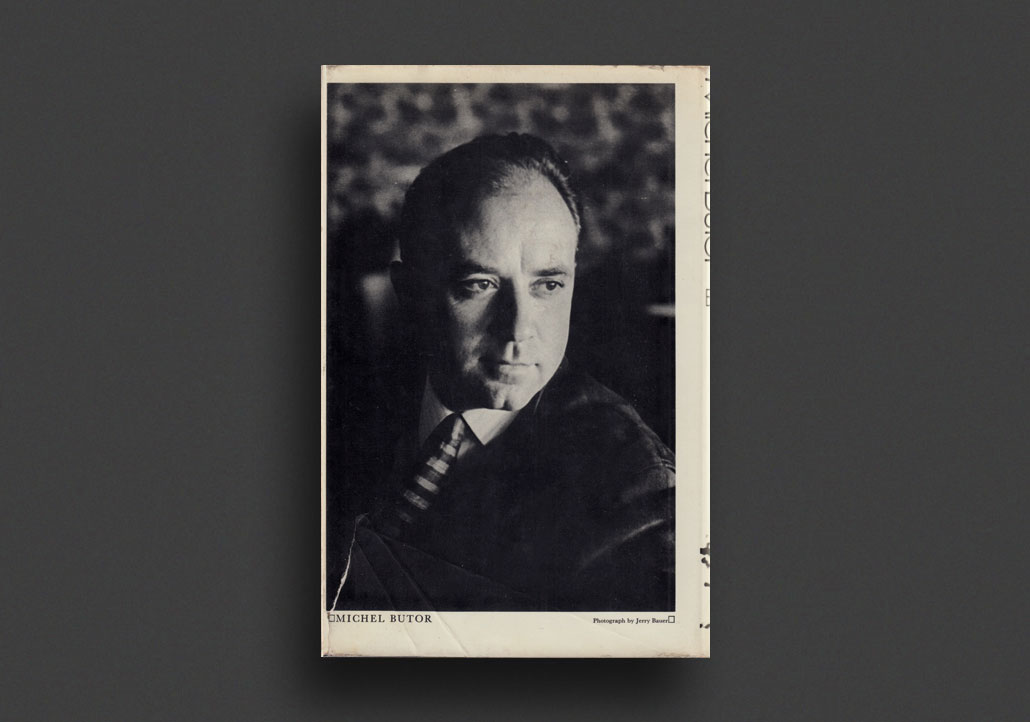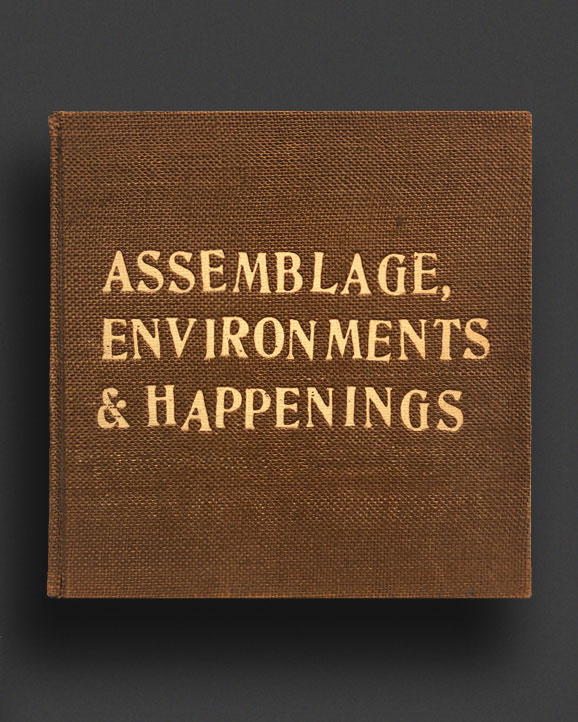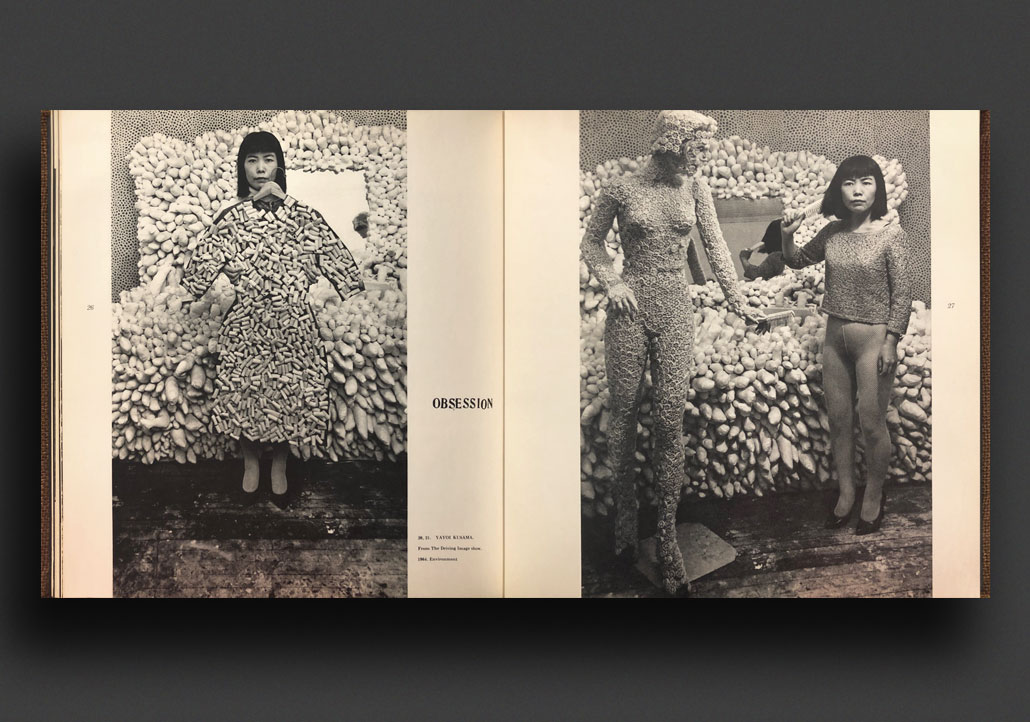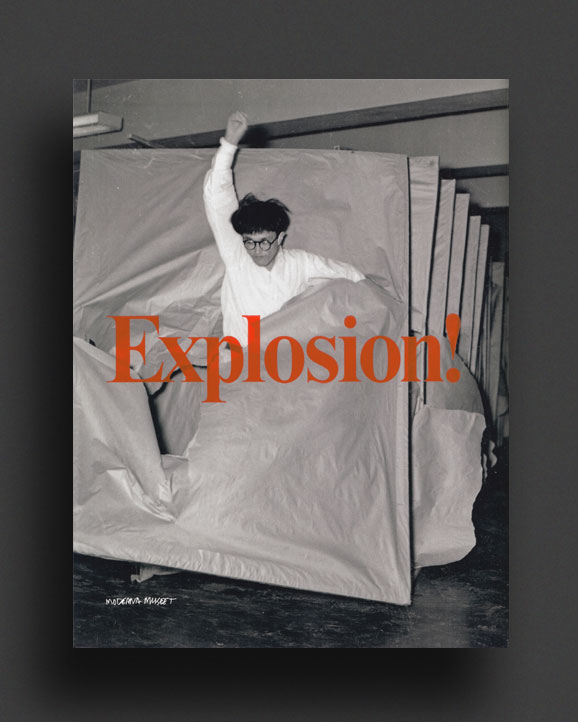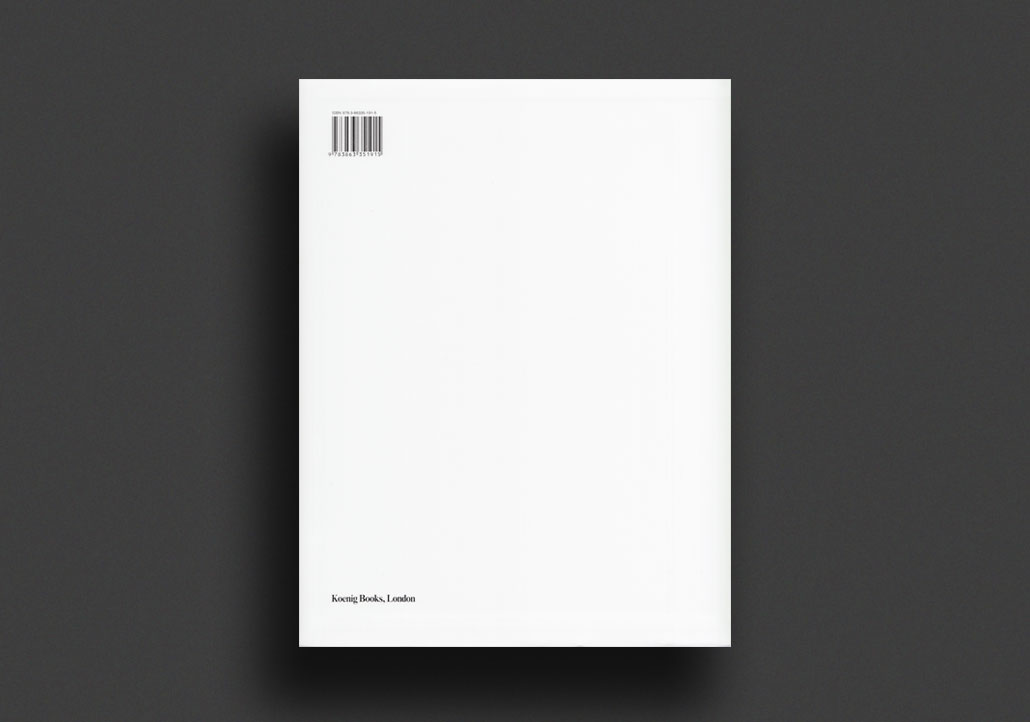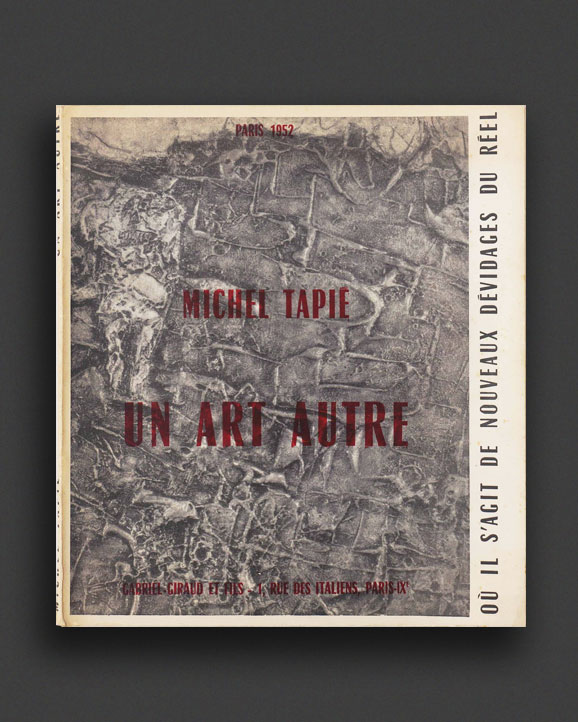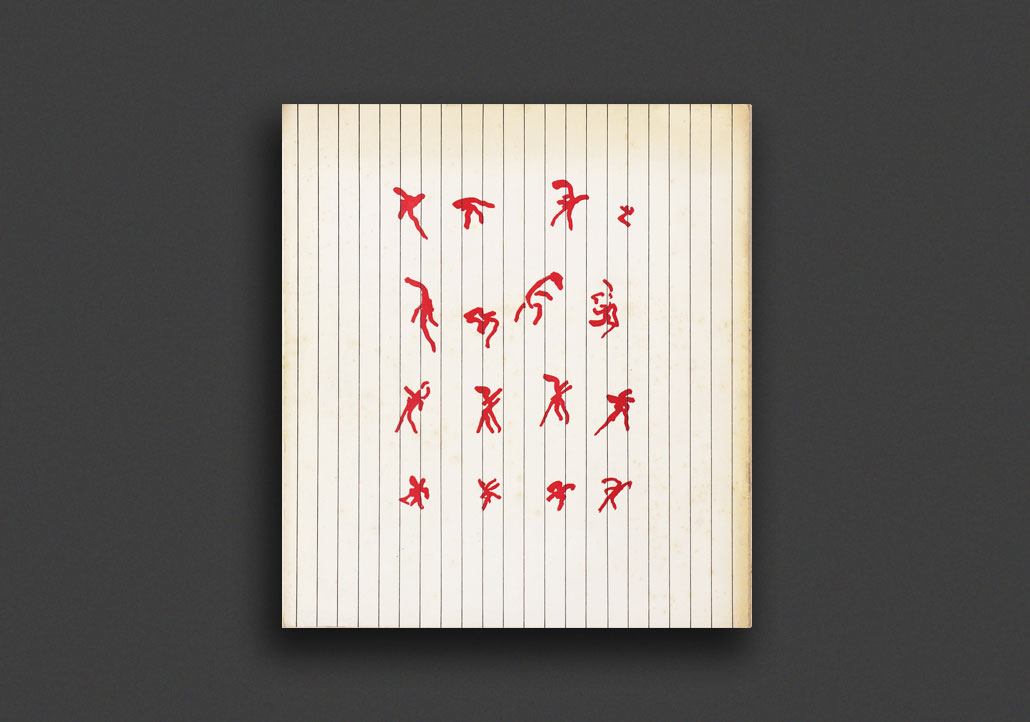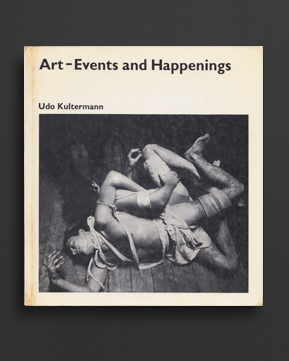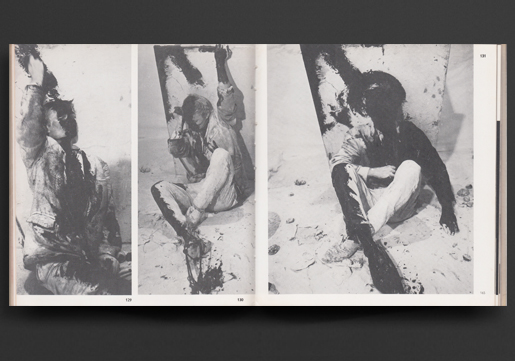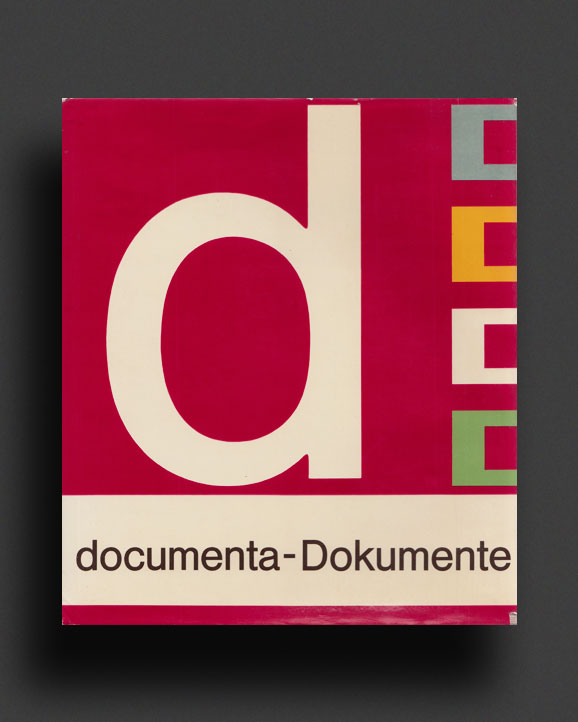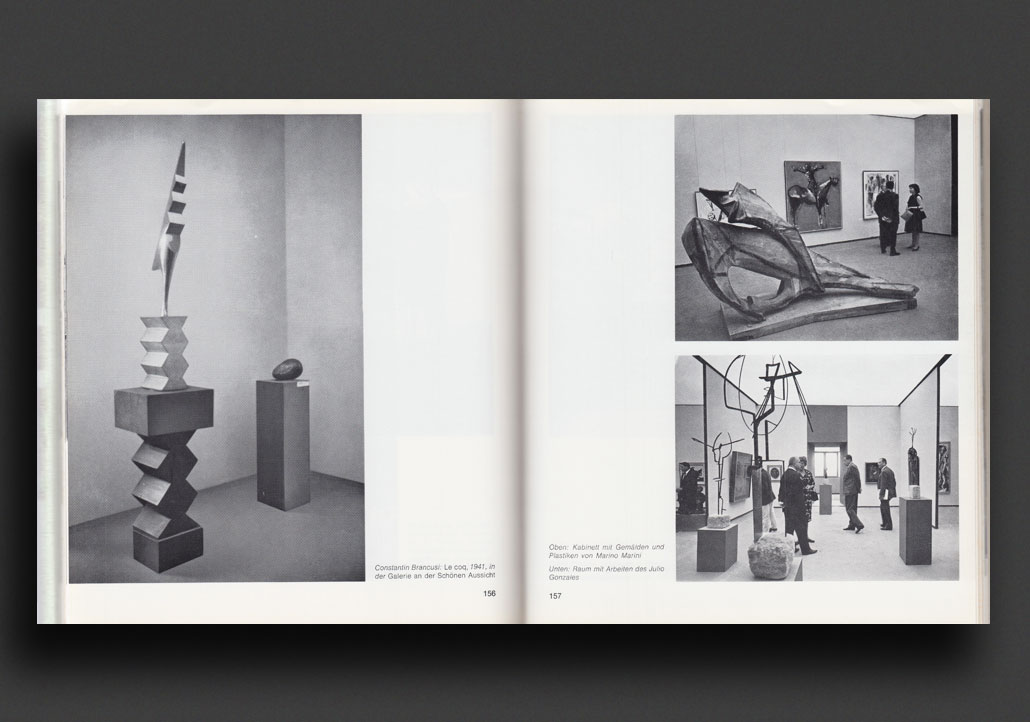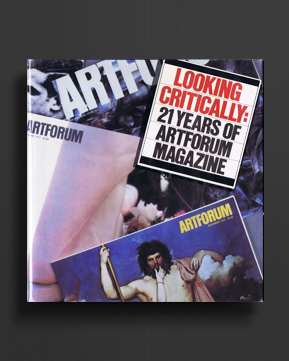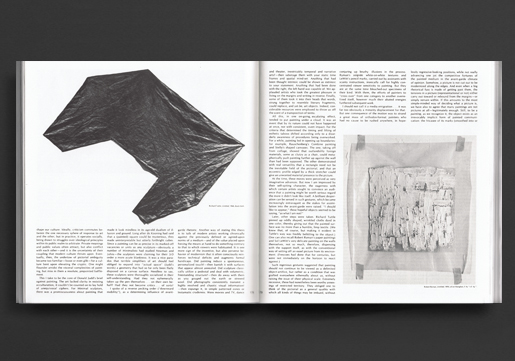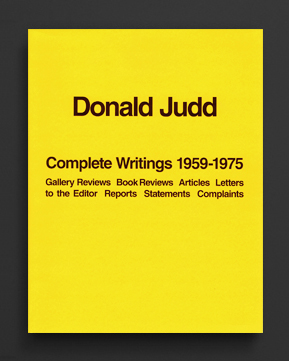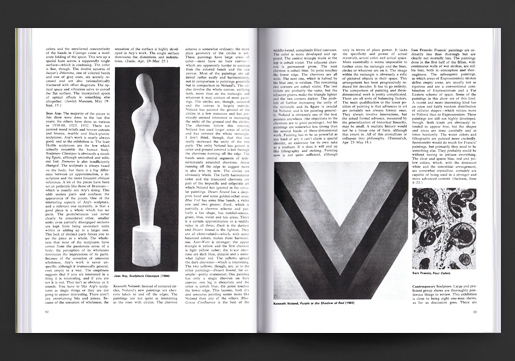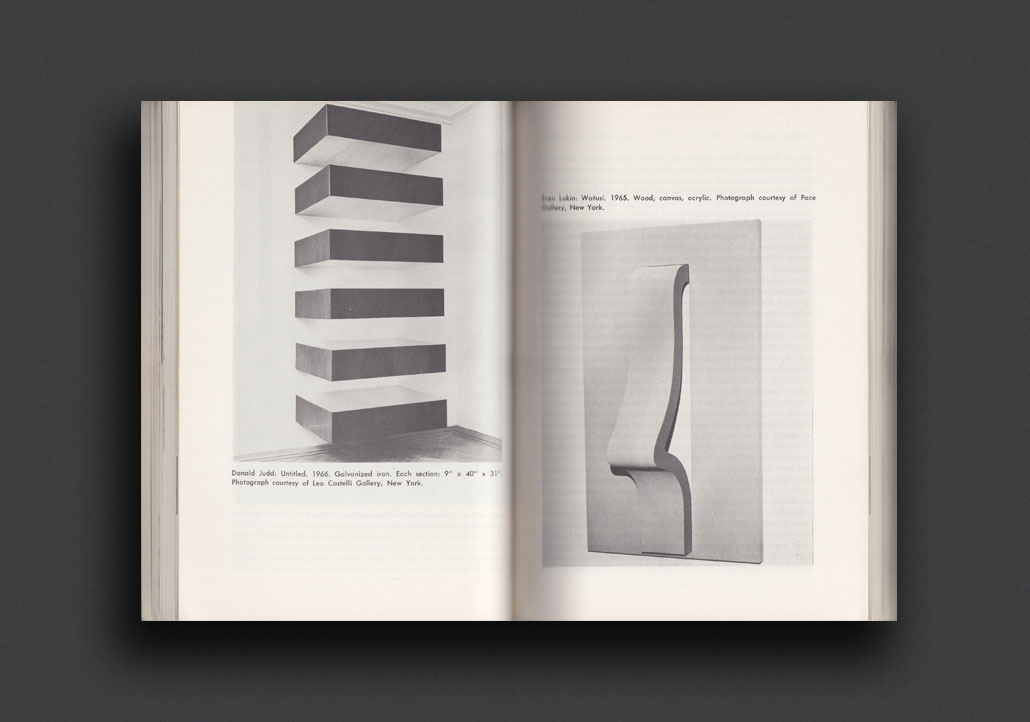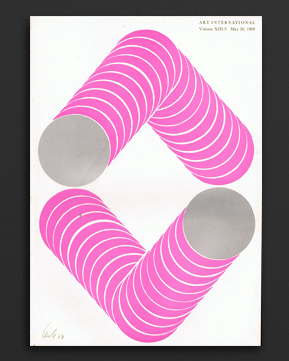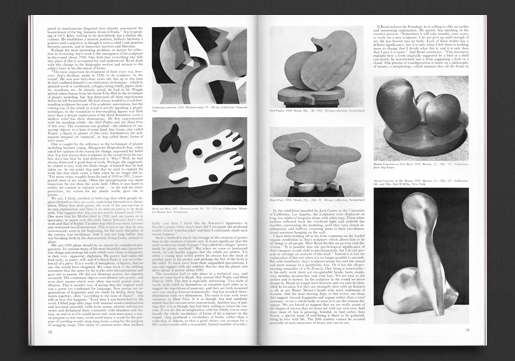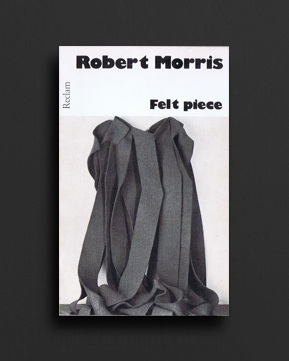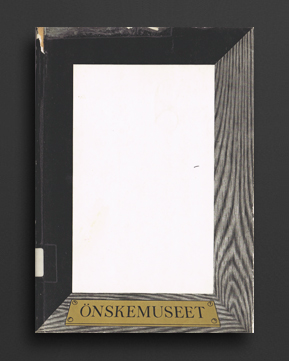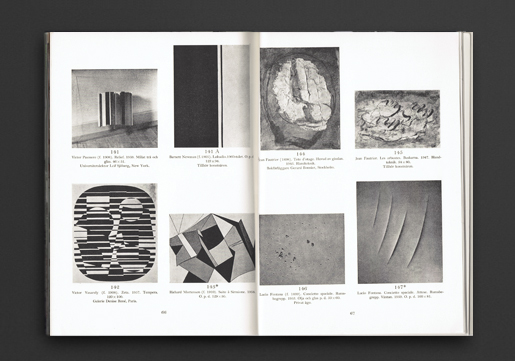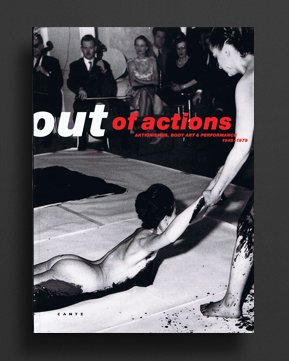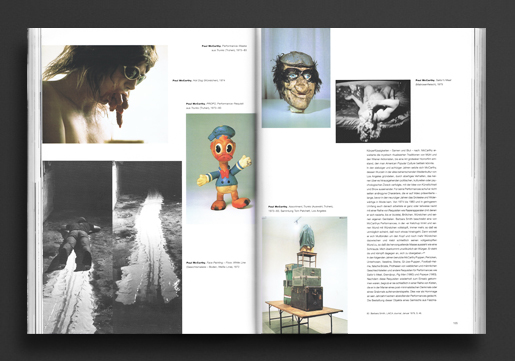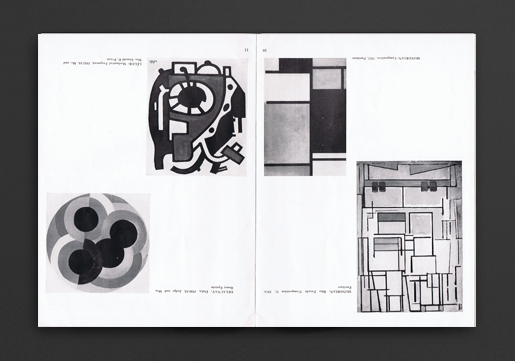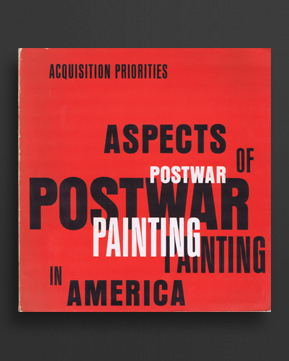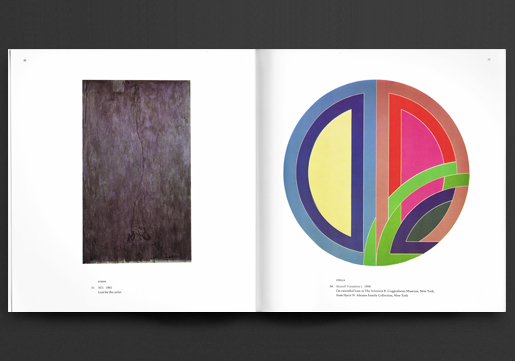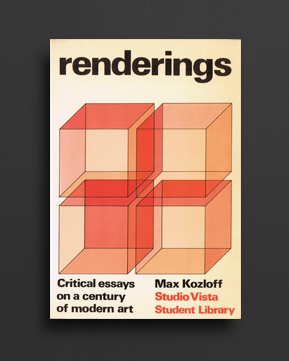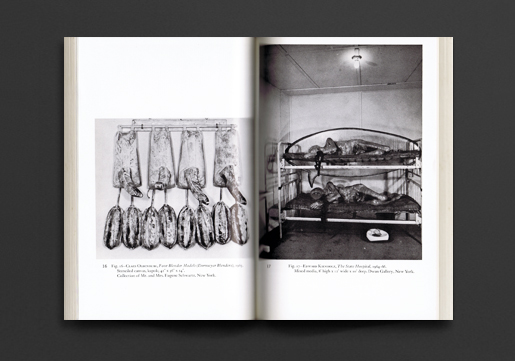(...less)
First, hardcover edition of "LOOKING CRITICALLY: 21 YEARS OF ARTFORUM MAGAZINE", the heavy 342 page volume anthology of the first 21 years of the world's most important modern and art journal. An incredibly valuable collection of art theory.
Edited by Amy Baker Sandback, designed by Roger Gorman and Mary Beath and published in 1984 by U.M.I. Research Press, this dense volume, bound in hardcover to the dimensions of a copy of ARTFORUM, begins with an Ed Kienholz review at the Ferus Gallery from ARTFORUM's June 1962 inaugural issue, and ends with Barbara Kruger reviewing the film "TRON" for the November 1982 issue. An amazing compendium of articles and reviews from the magazine's important first 21 years, featuring contributions by the likes of John Cage, Robert Morris, Kate Steinitz, Henry T. Hopkins, Don Factor, Robert Pincus-Witten, Dennis Adrian, John Coplans, Hilton Kramer, Harold Rosenberg, Henry Geldzahler, John Cage, Walter Hopps, Ed Ruscha, Allan Kaprow, Robert Rosenblum, Dan Flavin, Boris Groys, Sam Wagstaff, Billy Kluver, Lucy R. Lippard, Robert Rosenblum, Roger Shattuck, Ad Reinhardt, Mel Bochner, Andy Warhol, Roy Lichtenstein, Claes Oldenburg, Barbara Rose, Manny Farber, Michael Fried, Robert Morris, Philip Leider, Hollis Frampton, Carl Andre, Richard Serra, Lawrence Alloway, Barbara Kruger, Jane Livingston, Lizzie Borden, Kenneth Baker, Laurie Anderson, Agnes Martin, Cindy Nemser, Sidney Tillim, Annette Michelson, Rosalind Krauss, Jeremy Gilbert-Rolfe, Roberta Smith, Peter Plagens, Peter Schjeldahl, J. Hoberman, Hal Foster, Richard Flood, Carter Ratcliff, Stuart Morgan, Max Kozloff, Donald Kuspit, Dan Graham, Walter De Maria, Komar & Melamid, Edit De Ak, Lawrence Weiner, Kathy Acker, Robert Mapplethorpe, Anselm Kiefer, Thomas McEvilley, Louise Bourgeois, Ingrid Sischy, and too many more to list. Artists featured include: Josef Albers, Richard Tuttle, Jo Baer, Carl Andre, Ant Farm, Hans Arp, Max Bill, Mel Bochner, Alighiero Boetti, Lee Bontecou, Constantin Brancusi, Bertholt Brecht, Richard Avedon, Francis Bacon, Diane Arbus, Michaelangelo Antonioni, Lynda Beglis, Larry Bell, Terry Fox, James Byers, Rober Barry, Marcel Breuer, AA Bronson, Luis Buñel, Daniel Buren, Chris Burden, Joseph Beuys, Anthony Caro, Marcel Broodthaers, John Chamberlain, Paul Cézanne, Marc Chagall, Jean Cocteau, Merce Cunningham, Sonia Delauney, Walter de Maria, Bruce Connor, Jean Dubuffet, Max Ernst, Walker Evans, Dan Flavin, Marcel Duchamp, Albrecht Dürer, Lucio Fontana, Hollis Frampton, Alberto Giacometti, Eva Hesse, Gilbert & George, Philip Glass, John Cage, Nancy Graves, Dan Graham, Robert Grosvenor, Nancy Grossman, Walter Gropius, Hans Haacke, Hairy Who, David Hockney, Douglas Huebler, Jorg Immendorff, Donald Judd, Jasper Johns, Joan Jonas, Allan Kaprow, On Kawara, Ellsworth Kelly, Edward Keinholz, Paul Klee, Alison Knowles, Joseph Kosuth, Brice Marden, Agnes Martin, André Masson, Henri Matisse, Roberto Matta, Sol Lewitt, Roy Lichtenstein, Barbara Kruger, Jannis Kounellis, Markus Lüpertz, El Lissitzky, Rene Magritte, Robert Mapplethorpe, John McCracken, Mario Merz, Robert Morris, Robert Motherwell, Ree Morton, Louise Nevelson, Barnett Newman, Kenneth Noland, Claes Oldenburg, Eduardo Paolozzio, A. R. Penck, Irving Penn, Francis Picabia, Pablo Picasso, Larry Poons, Ken Price, Yvonne Rainer, Robert Rauschenberg, Martial Raysse, Roman Polanski, Jackson Pollock, Steve Reich, Gerrit Rietveld, Alain Robbe-Grillet, Dorothae Rockburne, James Rosenquist, Mark Rothko, Robert Ryman, Lucas Samaras, Kurt Schwitters, Oscar Schlemmer, Richard Serra, Cindy Sherman, David Smith, Robert Smithson, Michael Snow, Robert Venturi, Wolf Vostell, Andy Warhol, Frank Stella, Saul Steinberg, Karlheinz Stockhausen, Bruno Taut, Jean Tinguely, Anne Truitt, Paul Wunderlich, Lawrence Weiner, Louise Bourgeois, Alfred Hitchcock, and so many more.
Very uncommon hardcover edition, with dust jacket.
- Condition: Very Good (light wear to very good book and dust jacket, protected under acid-free plastic wrap. Small ex-library markings, stickers) – All care is taken to provide accurate condition details of used books, photos available on request.
File under:
A.R. Penck
AA Bronson
Agnes Martin
Alain Robbe-Grillet
Alberto Giacometti
Albrecht Dürer
Alfred Hitchcock
Alighiero Boetti
Alison Knowles
Allan Kaprow
André Masson
Andy Warhol
Anne Truitt
Ant Farm
Anthony Caro
Barbara Kruger
Barnett Newman
Brice Marden
Bruce Conner
Bruno Taut
Carl Andre
Chris Burden
Cindy Sherman
Claes Oldenburg
Constantin Brâncuși
Dan Flavin
Dan Graham
Daniel Buren
David Hockney
David Smith
Diane Arbus
Donald Judd
Dorothea Rockburne
Douglas Huebler
Edward Kienholz
El Lissitzky
Ellsworth Kelly
Eva Hesse
Francis Bacon
Francis Picabia
Frank Stella
Gerrit Rietveld
Hairy Who
Hans Haacke
Henri Matisse
Hollis Frampton
Irving Penn
Jackson Pollock
James Rosenquist
Jannis Kounellis
Jasper Johns
Jean Cocteau
Jean Dubuffet
Jean Tinguely
Jo Baer
Joan Jonas
John Cage
John Chamberlain
John McCracken
Jörg Immendorff
Josef Albers
Joseph Beuys
Joseph Kosuth
Karlheinz Stockhausen
Ken Price
Kenneth Noland
Kurt Schwitters
Larry Bell
Larry Poons
Lawrence Weiner
Lee Bontecou
Louise Bourgeois
Louise Nevelson
Lucas Samaras
Lucio Fontana
Luis Buñuel
Lynda Benglis
Marc Chagall
Marcel Breuer
Marcel Broodthaers
Marcel Duchamp
Mario Merz
Mark Rothko
Markus Lupertz
Martial Raysse
Max Bill
Max Ernst
Mel Bochner
Michael Snow
Nancy Graves
Nancy Grossman
On Kawara
Pablo Picasso
Paul Cézanne
Paul Klee
Paul Wunderlich
Philip Glass
Ree Morton
René Magritte
Richard Avedon
Richard Serra
Richard Tuttle
Robert Grosvenor
Robert Mapplethorpe
Robert Morris
Robert Motherwell
Robert Rauschenberg
Robert Ryman
Robert Smithson
Robert Venturi
Roberto Matta
Roman Polanski
Roy Lichtenstein
Saul Steinberg
Sol Lewitt
Sonia Delaunay
Steve Reich
Terry Fox
Walker Evans
Walter de Maria
Walter Gropius
Wolf Vostell
Yvonne Rainer
Michelangelo Antonioni
Jean Arp (Hans Arp)
James Lee Byars
Merce Cunningham
Oskar Schlemmer
Gilbert & George
Robert Barry
Eduardo Paolozzi
Ad Reinhardt
Agnes Martin
Allan Kaprow
Andy Warhol
Annette Michelson
Anselm Kiefer
Barbara Kruger
Barbara Rose
Billy Kluver
Boris Groys
Carl Andre
Carter Ratcliff
Cindy Nemser
Claes Oldenburg
Dan Flavin
Dan Graham
Dennis Adrian
Don Factor
Donald Kuspit
Ed Ruscha
Edit De Ak
Hal Foster
Harold Rosenberg
Henry Geldzahler
Henry T. Hopkins
Hilton Kramer
Hollis Frampton
Ingrid Sischy
J. Hoberman
Jane Livingston
Jeremy Gilbert-Rolfe
John Cage
John Coplans
Kate Steinitz
Kathy Acker
Kenneth Baker
Laurie Anderson
Lawrence Alloway
Lawrence Weiner
Lizzie Borden
Louise Bourgeois
Lucy R. Lippard
Manny Farber
Max Kozloff
Mel Bochner
Michael Fried
Peter Plagens
Peter Schjeldahl
Philip Leider
Richard Flood
Richard Serra
Robert Mapplethorpe
Robert Morris
Robert Pincus-Witten
Robert Rosenblum
Roberta Smith
Roger Shattuck
Roy Lichtenstein
Sam Wagstaff
Sidney Tillim
Stuart Morgan
Thomas McEvilley
Walter De Maria
Walter Hopps
Rosalind E. Krauss
Bertolt Brecht
U.M.I. Research Press / Michigan
Art
Arte Povera
Conceptual Art
Counterculture
Curatorial
Dada
Drawing
Fashion
Feminism
Fiction / Poetry
Film / Video
Fluxus
Group Shows / Collections
Minimal Art
Out-of-print / Rare
Painting
Performance / Dance / Theater
Periodicals
Photography
Pop Art
Sculpture / Installation
Sound / Music
Theory / Essay




















































































































































